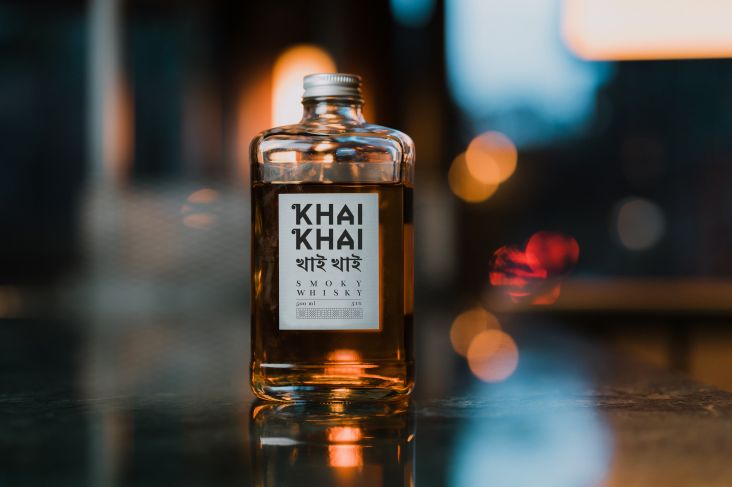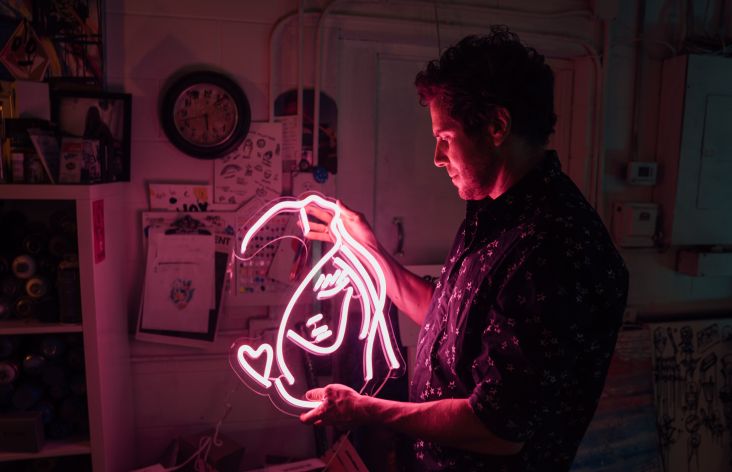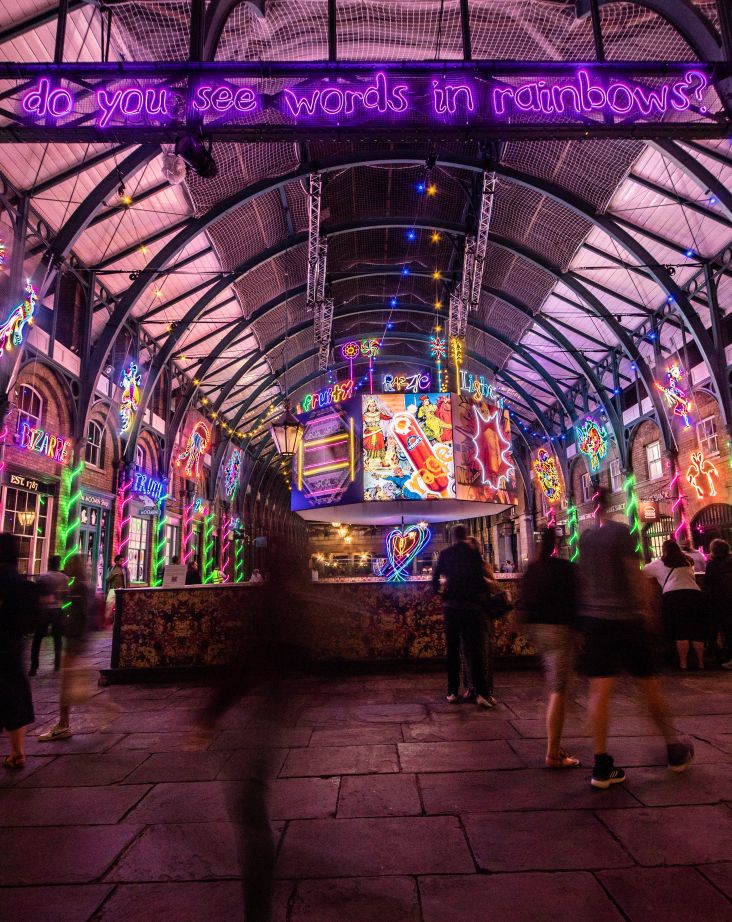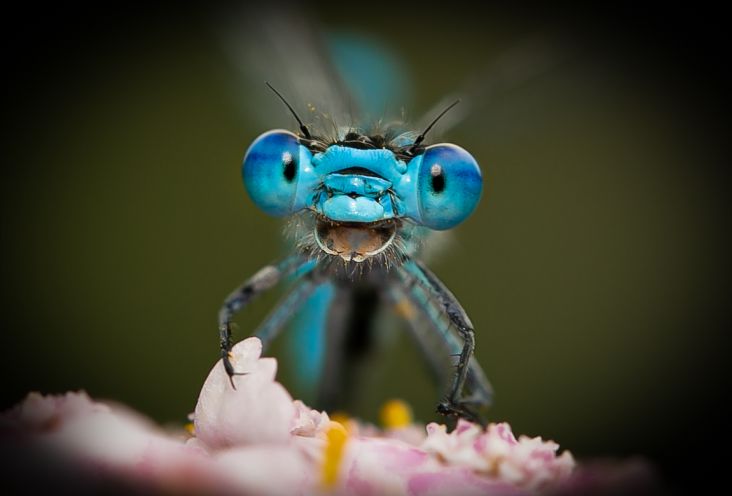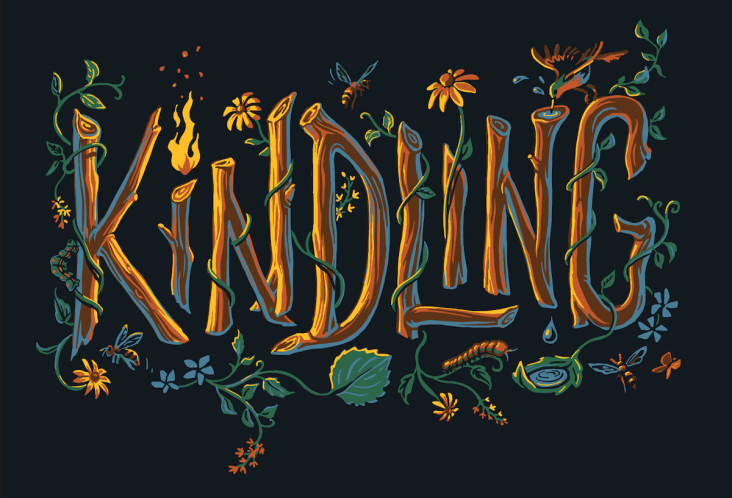The shortlist has been revealed for the Photographic Portrait Prize 2021
Katya Ilina is one of the shortlisted photographers in this year's Taylor Wessing Photographic Portrait Prize, for her portrait of David, which looks at body positivity in masculinity. Katya joins Pierre-Elie de Pibrac and David Prichard who are also in the running for the prestigious photography awards, celebrating its 14th anniversary.
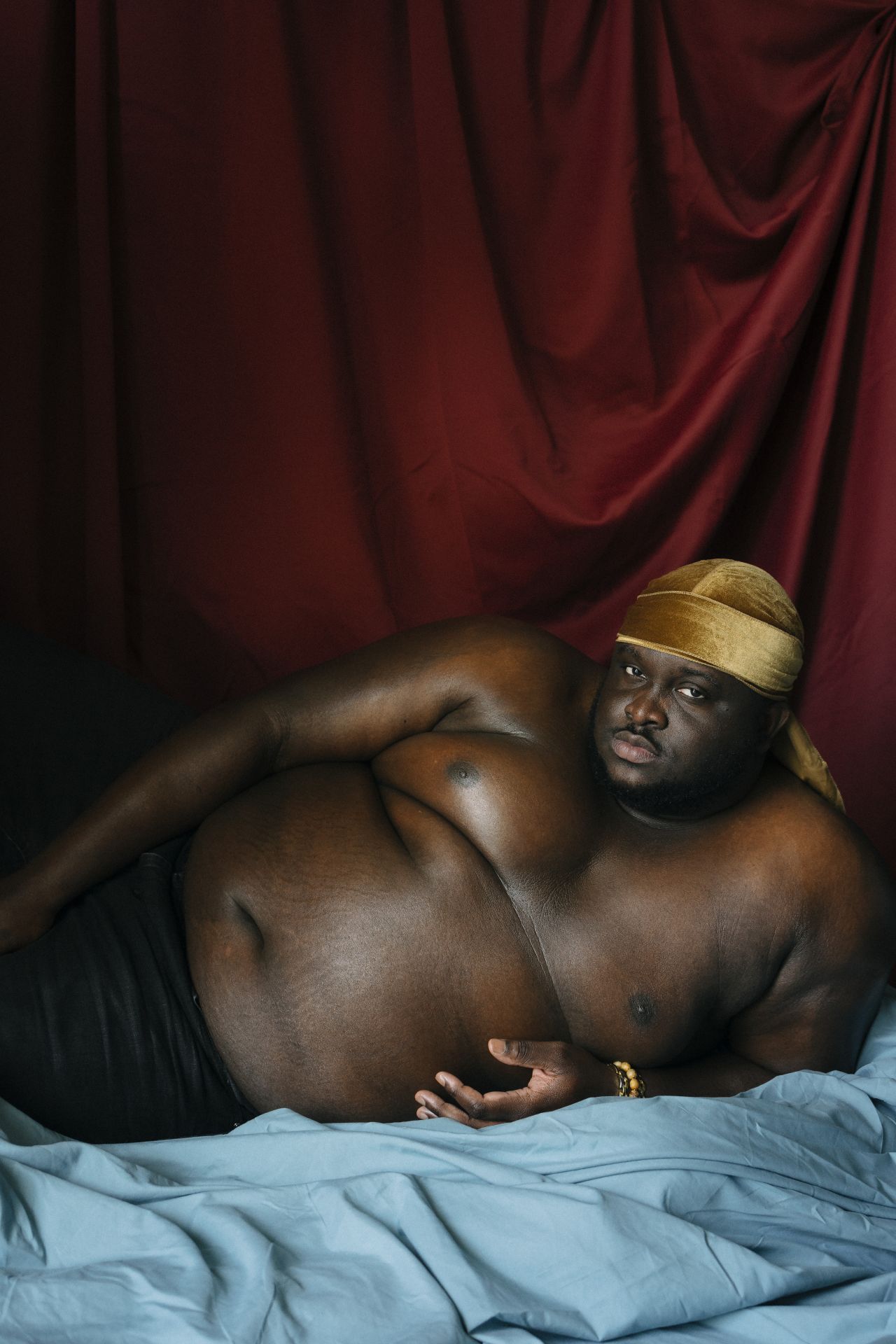
David by Katya Ilina © Katya Ilina. All images courtesy of National Portrait Gallery and the artists.
Organised by the National Portrait Gallery in London, the annual event showcases new work submitted by some of the most exciting contemporary photographers. The winner of the top prize will get £15,000 and will be announced on 8 November 2021. This year saw over 5,300 entries from 2,215 photographers worldwide.
Katya Ilina impressed the judges with 'David', taken from a series of portraits that celebrates positive body image and questions notions of masculinity and femininity by highlighting their fluidity. Themes of identity and gender expression are central to Ilina's work, and the series, entitled Rosemary & Thyme, subverts time-honoured tropes of representation in Western art by depicting male sitters in poses traditionally found in portraits of females.
"From Velázquez to Ingres, painters have portrayed men in positions of power, or as muscular heroes in battle, whereas females are often pictured naked and reclining, communicating softness, weakness and openness to gaze," explains Ilina. ‘I wanted to borrow the so-called feminine body language from those paintings and juxtapose it with male sitters. Being physically and emotionally strong still dominates Western ideologies and expectations of 'real men', but it's important that contemporary men have the right to be vulnerable and gentle, and not feel ashamed of that."
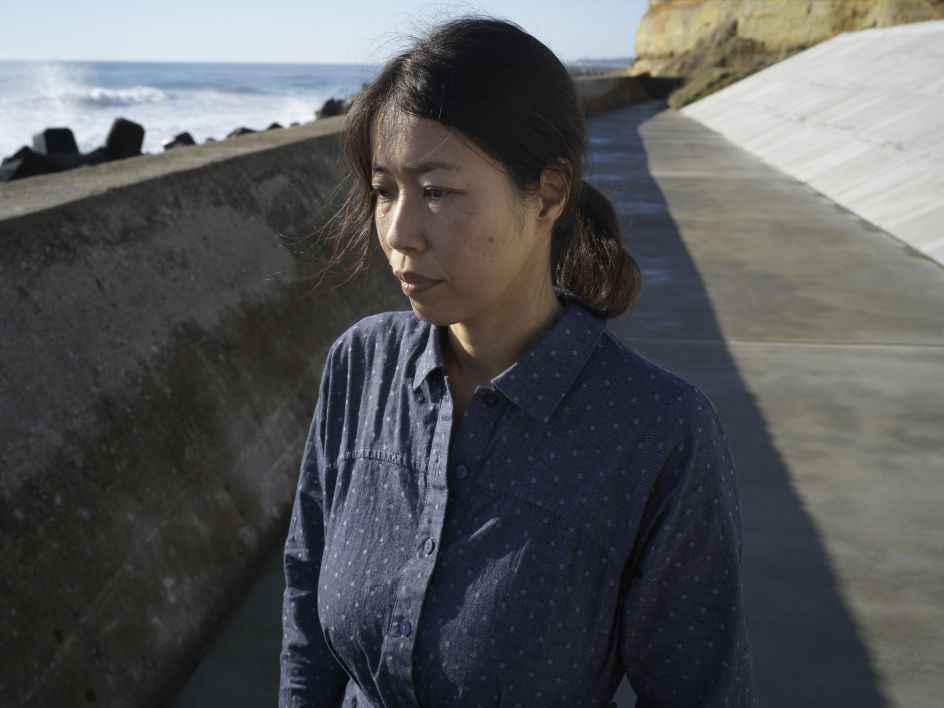
Yuki San from the series Hakanai Sonzai by Pierre-Elie de Pibrac © Pierre-Elie de Pibrac
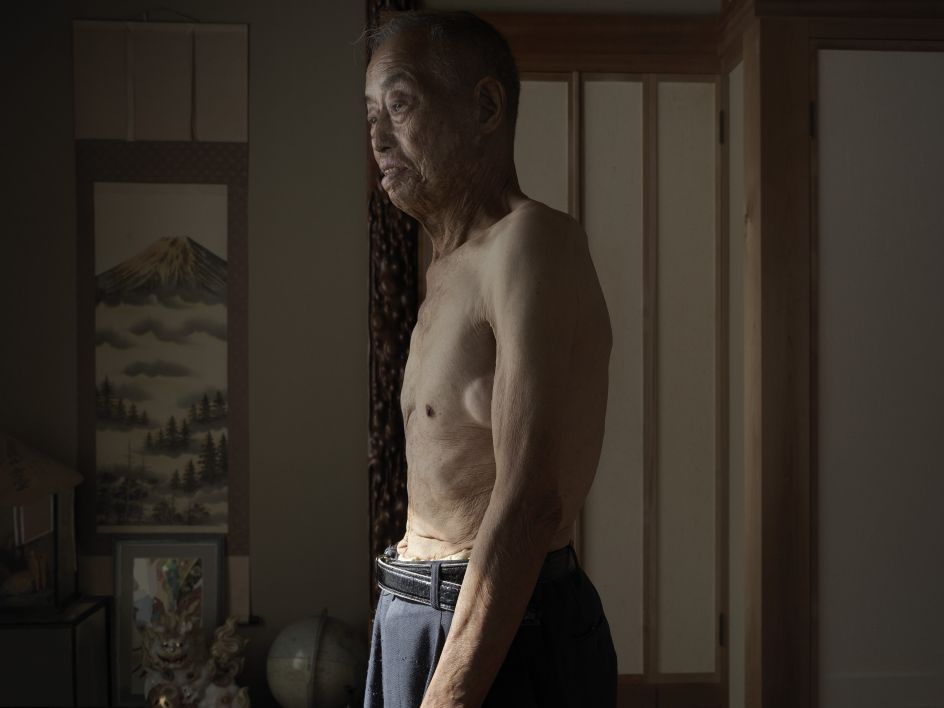
Miyashita San from the series Hakanai Sonzai by Pierre-Elie de Pibrac © Pierre-Elie de Pibrac
Pierre-Elie de Pibrac's shortlisted large-format portraits were taken in Japan, where he spent eight months accompanied by his wife and children. Travelling to the country's most troubled regions, he focused his lens on people who exhibited fortitude in the face of adversity. In Fukushima, he photographed residents still exiled from their contaminated homes following the nuclear meltdown a decade ago. Other portraits were taken in the former mining town Yubari, once known as the country's capital of coal, now devastated by colliery closures and depopulation.
"Each portrait emanates from long discussions I had with my subjects about a painful event in their lives,’ he says. ‘In all the pictures I forbid any movement as if they are trapped by their surroundings with no visible escape."
The series title, Hakanai Sonzai, translates as 'I, myself, feel like an ephemeral creature'. It reflects Pibrac's belief that "his sitters' forbearance is rooted in a national culture of fatality and awareness of impermanence".
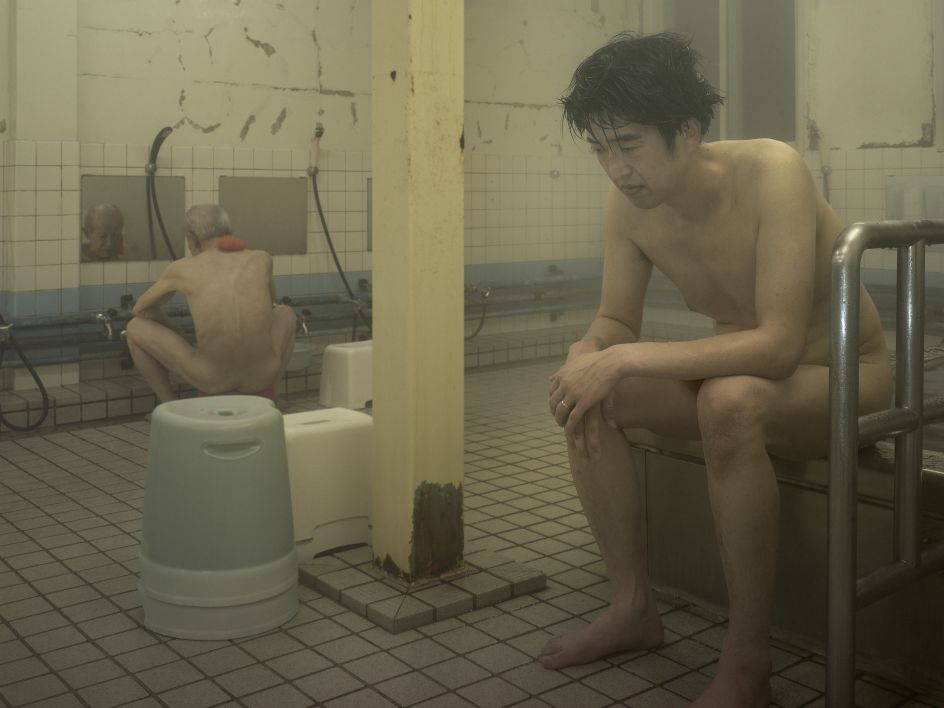
Sudo San from the series Hakanai Sonzai by Pierre-Elie de Pibrac © Pierre-Elie de Pibrac
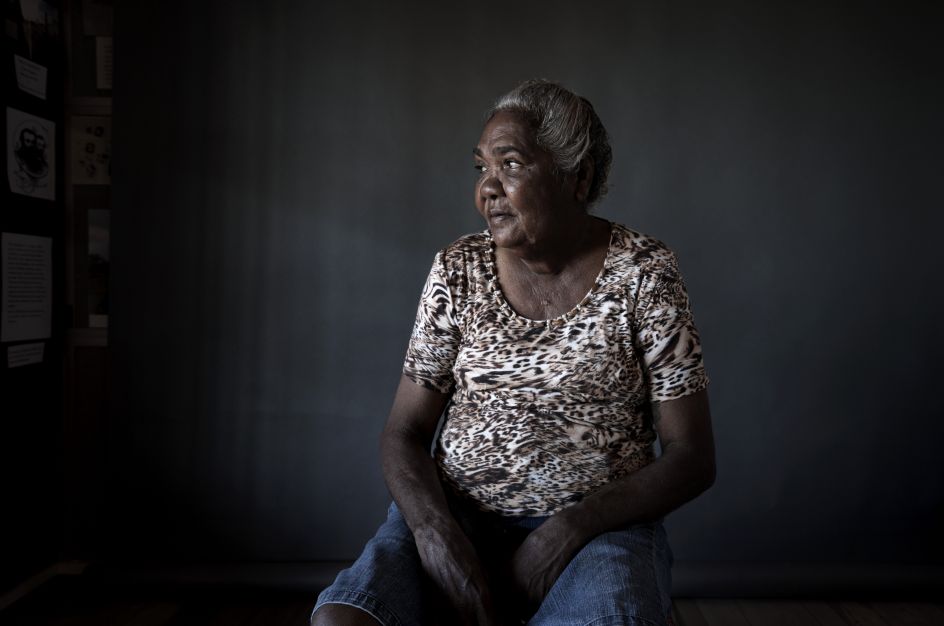
Merna Beasley, Kurtijar Woman from the series Tribute to Indigenous Stock Women by David Prichard © David Prichard
Sydney-based photographer, David Prichard's entry is a series of portraits of First Nation women who spent most of their working lives as stock women on cattle stations in Far North Queensland. Their physically demanding work involved a range of duties, from cooking and other homestead chores to maintaining the welfare of the livestock, often on horseback.
Born in Sydney, Australia in 1966, Prichard has documented indigenous peoples for much of his career and was commissioned to create the series by Normanton council in Queensland following a well-received 2019 exhibition that showcased First Nation rodeo riders in the region. The cultural and social history of stock women has gone almost completely unrecorded, and Prichard welcomed the opportunity to help their voices be heard.
"Any level of investigation into Australian history reveals the years of trauma that indigenous people have suffered," Prichard says. "One can only imagine what stock women endured, living in remote areas, in a world dominated by white colonial culture and law. I wanted to produce portraits that were dignified, strong and beautiful, and worthy to represent these women today and into the future."
Following the announcement of the winners of the Taylor Wessing Photographic Portrait Prize on 9 November, an exhibition will take place at the National Portrait Gallery in London until 2 January 2022. Find out more at www.npg.org.uk.





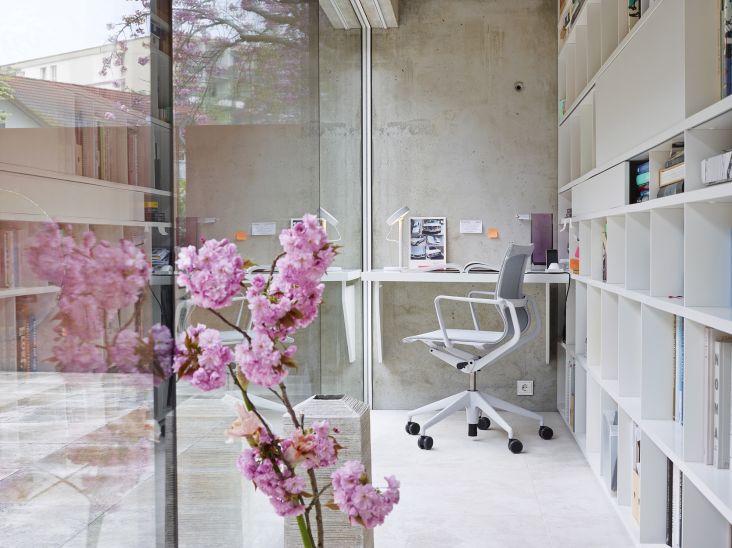
 using <a href="https://www.ohnotype.co/fonts/obviously" target="_blank">Obviously</a> by Oh No Type Co., Art Director, Brand & Creative—Spotify](https://www.creativeboom.com/upload/articles/6e/6ed31eddc26fa563f213fc76d6993dab9231ffe4_732.jpg)
 by Tüpokompanii](https://www.creativeboom.com/upload/articles/58/58684538770fb5b428dc1882f7a732f153500153_732.jpg)









